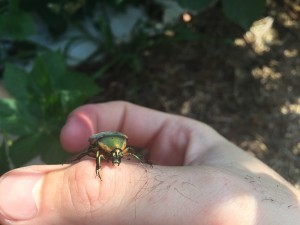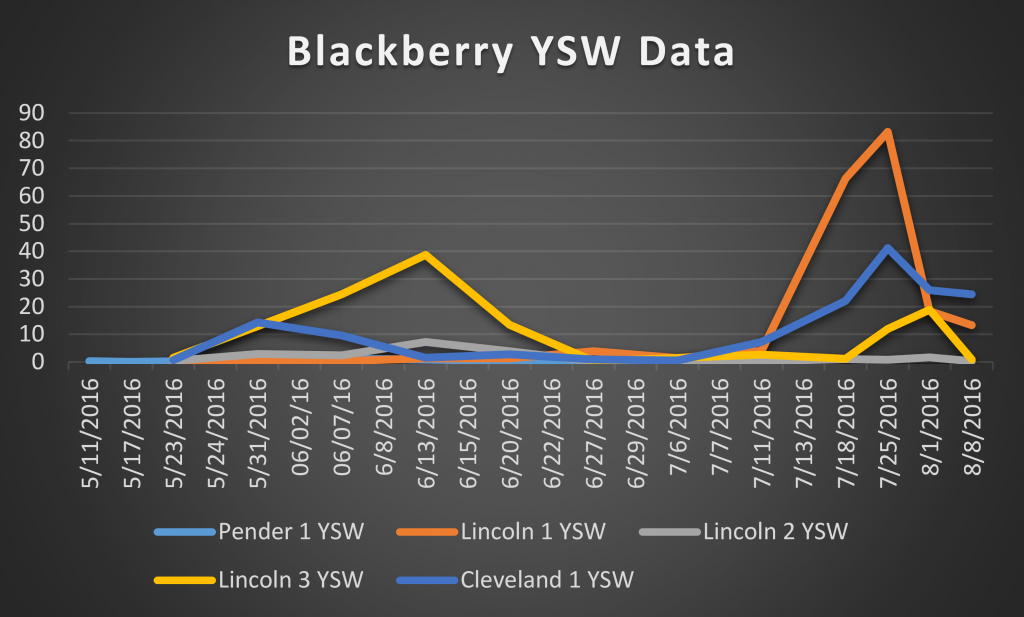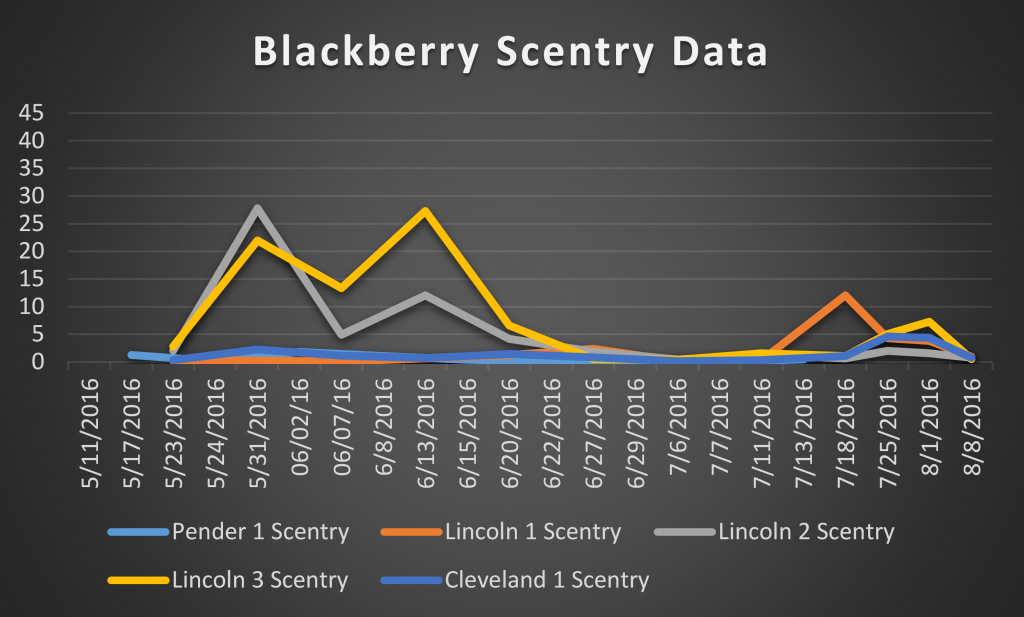Spotted Wing Drosophila Monitoring Report August 19, 2016
go.ncsu.edu/readext?422578
en Español / em Português
El inglés es el idioma de control de esta página. En la medida en que haya algún conflicto entre la traducción al inglés y la traducción, el inglés prevalece.
Al hacer clic en el enlace de traducción se activa un servicio de traducción gratuito para convertir la página al español. Al igual que con cualquier traducción por Internet, la conversión no es sensible al contexto y puede que no traduzca el texto en su significado original. NC State Extension no garantiza la exactitud del texto traducido. Por favor, tenga en cuenta que algunas aplicaciones y/o servicios pueden no funcionar como se espera cuando se traducen.
Português
Inglês é o idioma de controle desta página. Na medida que haja algum conflito entre o texto original em Inglês e a tradução, o Inglês prevalece.
Ao clicar no link de tradução, um serviço gratuito de tradução será ativado para converter a página para o Português. Como em qualquer tradução pela internet, a conversão não é sensivel ao contexto e pode não ocorrer a tradução para o significado orginal. O serviço de Extensão da Carolina do Norte (NC State Extension) não garante a exatidão do texto traduzido. Por favor, observe que algumas funções ou serviços podem não funcionar como esperado após a tradução.
English
English is the controlling language of this page. To the extent there is any conflict between the English text and the translation, English controls.
Clicking on the translation link activates a free translation service to convert the page to Spanish. As with any Internet translation, the conversion is not context-sensitive and may not translate the text to its original meaning. NC State Extension does not guarantee the accuracy of the translated text. Please note that some applications and/or services may not function as expected when translated.
Collapse ▲We have now counted blackberry trap captures through August 8th. We have observed a decline in Lincoln 1 trap captures over the last couple weeks. This is likely a combination of the increased availability of the fruit combined with the management efforts taking place.
The smaller spike in the Cleveland 1 trap capture numbers corresponded to the end of the Ouachita blackberries at this grower’s farm. Other varieties are still being picked at this locations, and some flies may have moved to that fruit. It is also possible that spotted wing drosophila (SWD) are using other hosts, such as pokeweed, when it is present near a grower’s field.
We are monitoring a total of five blackberry fields, and first checked traps on May 17, 2016. The average number of total (male and female) SWD captured per site per day are presented in the figures below. YSW refers to traps baited with “yeast/sugar water”, and Scentry refers to traps with Scentry lures.
Data is continually processed and will be updated weekly as it becomes available.
The dramatic upturn in Lincoln 1 YSW trap captures compared to the more meager increase in Lincoln 1 Scentry trap captures shows the value in using the tried and true YSW traps despite their inherently messy nature.
More information





